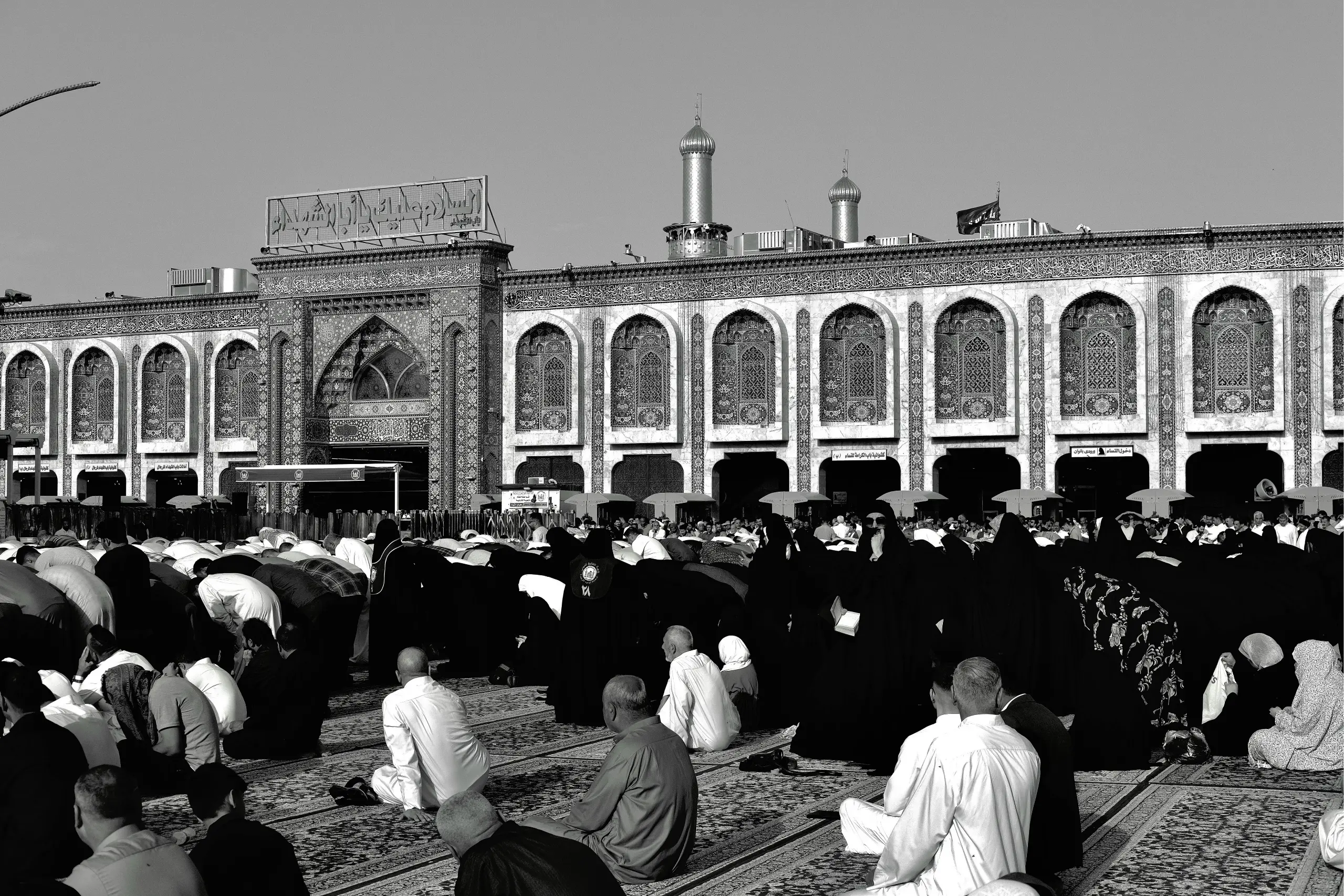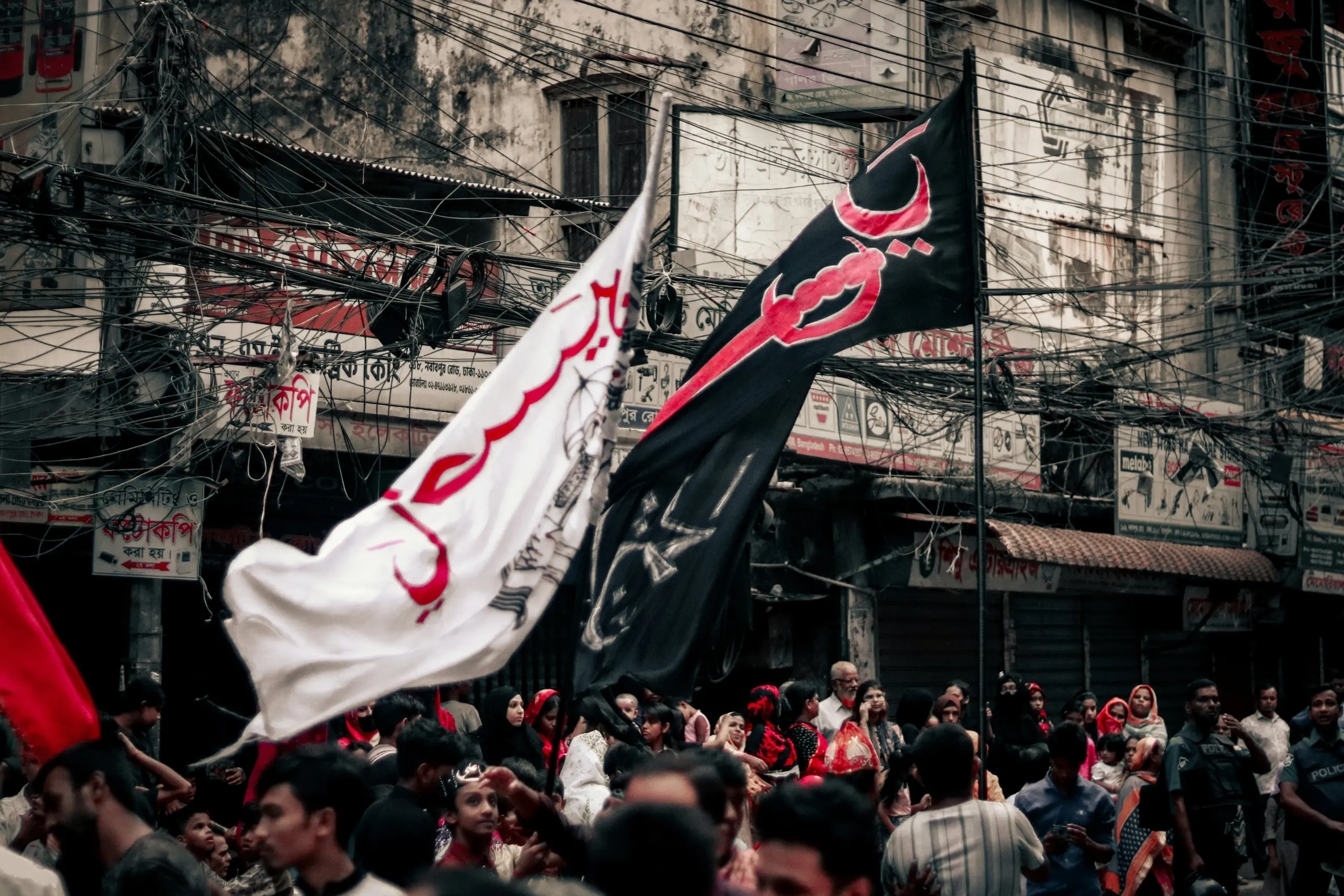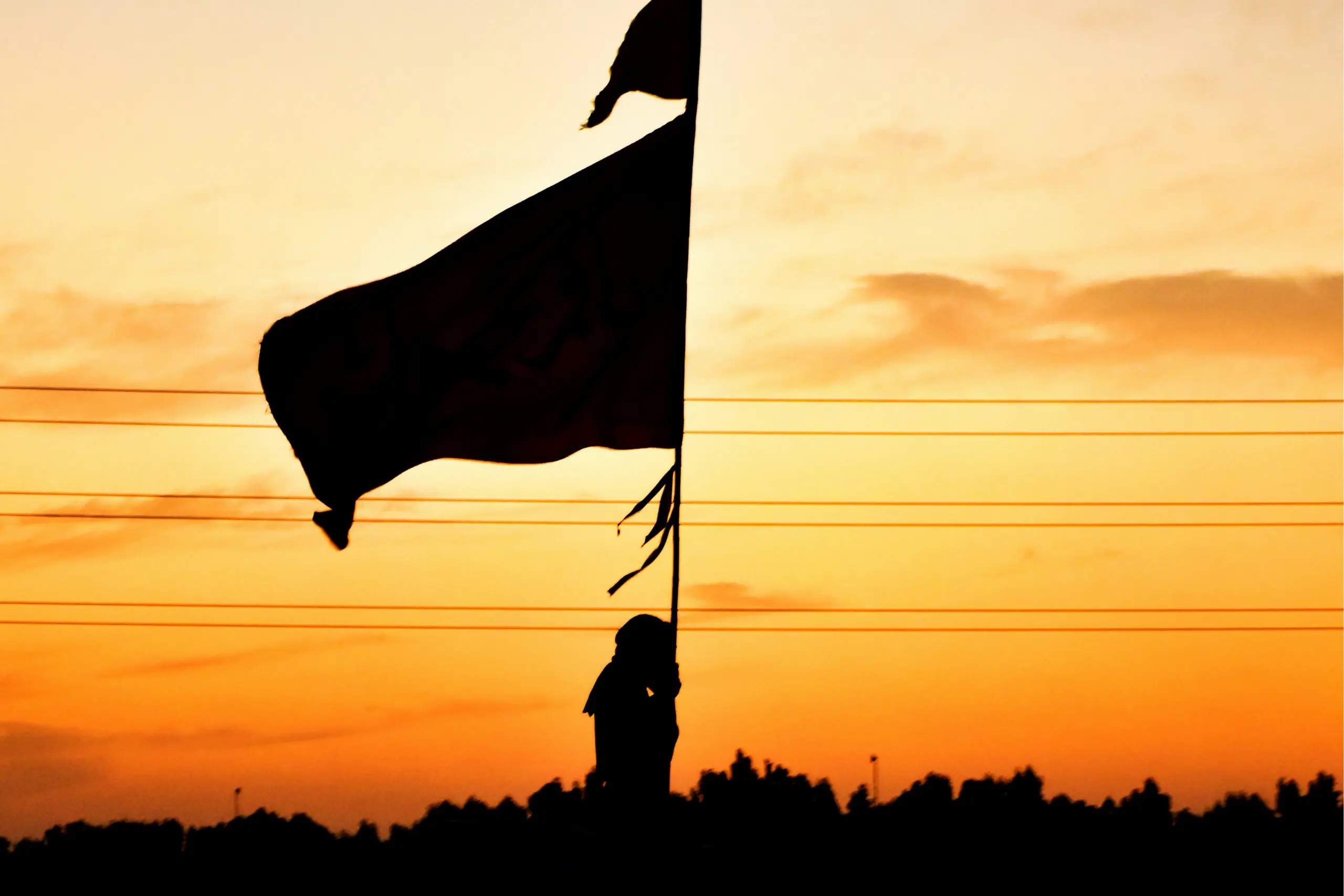When is Eid-e-Ghadir? The Sacred Countdown to Eid-e-Ghadir



The day faith became complete
Day(s)
:
Hour(s)
:
Minute(s)
:
Second(s)
When is Eid al-Ghadir in 2026?
Eid al-Ghadir in 2026 will be observed on Thursday, June 4, 2026. It falls on the 18th of Dhu al-Hijjah in the Islamic calendar and commemorates the event of Prophet Muhammad (PBUH) declaring Hazrat Ali (RA) as his successor at Ghadir Khumm.
Is Eid al-Ghadir a public holiday?
Yes, Eid al-Ghadir is a public holiday in countries like Iran and Iraq. Government offices, schools, and many businesses remain closed to honor the significance of the occasion, especially in Shia Muslim communities.
Eid al-Ghadir
Eid al-Ghadīr, often called Eid Allah al-Akbar or the Greatest Eid, is one of the most significant festive events celebrated by the Shi’a community. The Prophet Muhammad (PBUH), during his Farewell Hajj in 632, made a crucial announcement at Khumm, a location between Mecca and Medina. There, he appointed Ali ibn Abi Talib as his successor and Imam, emphasizing his position among the Ahl al-Bayt.
Held on the 18th of Dhu l-Hijja, this event is widely recognized by reports and traditions across Shi’a literature. Known as the Eid al-Ghadīr, it is considered one of the most important holidays, where feasts, sermons, and celebrations take place worldwide. Referred to as Ashraf al-A’yad, or the noblest of holidays, this day brings happy moments to families as they honor the anniversary of this divinely guided appointment. On the festive counter, many begin their countdown days in advance, eager to celebrate the historic declaration of Ali as caliph after the Prophet.
Event of Ghadir
The Event of Ghadir occurred during the final Hajjat al-Wida’ pilgrimage. As the Prophet and thousands of followers traveled back from Mecca, they were commanded by God through Gabriel to stop at Ghadir Khumm. There, the verse of Tabligh was revealed, instructing the announcement of Ali’s appointment as Wali and Wasi.
At this place, the Prophet delivered the divine command publicly. Accompanied by angels and surrounded by his people, he raised Ali’s hand and proclaimed his successor. This declaration marked the final and most important revelation of spiritual leadership in Islam. Thousands were present at this turning point in history. Every festive counter dedicated to Islamic holidays features this powerful moment in its countdown, recognizing it as a day of unity, loyalty, and God’s guidance.
Sermon of Ghadir
During the Sermon of Ghadir, the Prophet emphasized the guardianship and love for Ali. He repeated his message to ensure clarity, saying, “Of whomsoever I am the Wali, Ali is also his Wali.” This speech conveyed a powerful message to the audience: believers must love and assist Ali, as God does.
The hadith mentions how the Prophet asked the people to remain loyal, to not abandon this path. He declared that God loves those who help Ali and hates those who are his enemy. The guardianship (or wilaya) was publicly announced, and Ali’s hand was raised as a symbol of spiritual authority. This sermon still resonates today and is recited in festive events. As part of your spiritual counter, adding the countdown to Ghadir inspires reflection on commitment to leadership and faith.
History of the Celebration
The celebration of Eid al-Ghadīr has deep roots in Shi’a traditions. Starting from early centuries, this holiday was observed in Egypt, Yemen, and Iran. During the Fatimid era, rulers like al-Musta’la b. Mustansir organized public ceremonies, and books by scholars like al-Kulayni documented its significance. In 487/1094-5, the Zaydi and al-Rida followers continued the tradition with great enthusiasm.
By the Safavid era, under Isma’il I, the event grew even more popular in Najaf, where the shrine of Ali is located. Streets were illuminated, decorations were placed, and ambassadors, children, and noblemen joined in the night-long celebration. Across Islamic Countries, Eid al-Ghadīr is now one of the most vibrant festive holidays. Whether in courtyards, books, or speeches, its presence is felt. Even today, many visitors to the festive counter on websites begin their countdown early, marking this grand holiday with joy, food, and deep respect for the event that changed Islamic history.
Eid e Ghadir (2025–2030)
| Year | Date | Day |
|---|---|---|
| 2025 | June 5, 2025 | Thursday |
| 2026 | May 26, 2026 | Tuesday |
| 2027 | May 16, 2027 | Sunday |
| 2028 | May 4, 2028 | Thursday |
| 2029 | April 24, 2029 | Tuesday |
| 2030 | April 13, 2030 | Saturday |
FAQs
Is there a countdown for Eid al-Ghadir?
Yes! Our Festive Counter keeps track of the time remaining until Eid al-Ghadir, so you can prepare for this significant day in advance
What time does Eid al-Ghadir begin?
Like all Islamic days, Eid al-Ghadir begins at Maghrib (sunset) on the evening before the 18th of Dhul-Hijjah and lasts until the next sunset.
Does the date of Eid al-Ghadir change every year?
Yes, the date changes every year in the Gregorian calendar because it follows the Islamic lunar calendar.
What date is Eid al-Ghadir in 2026?
In 2026, Eid al-Ghadir will fall on 4th June 2026 (Thursday), subject to the Islamic lunar calendar confirmation.
